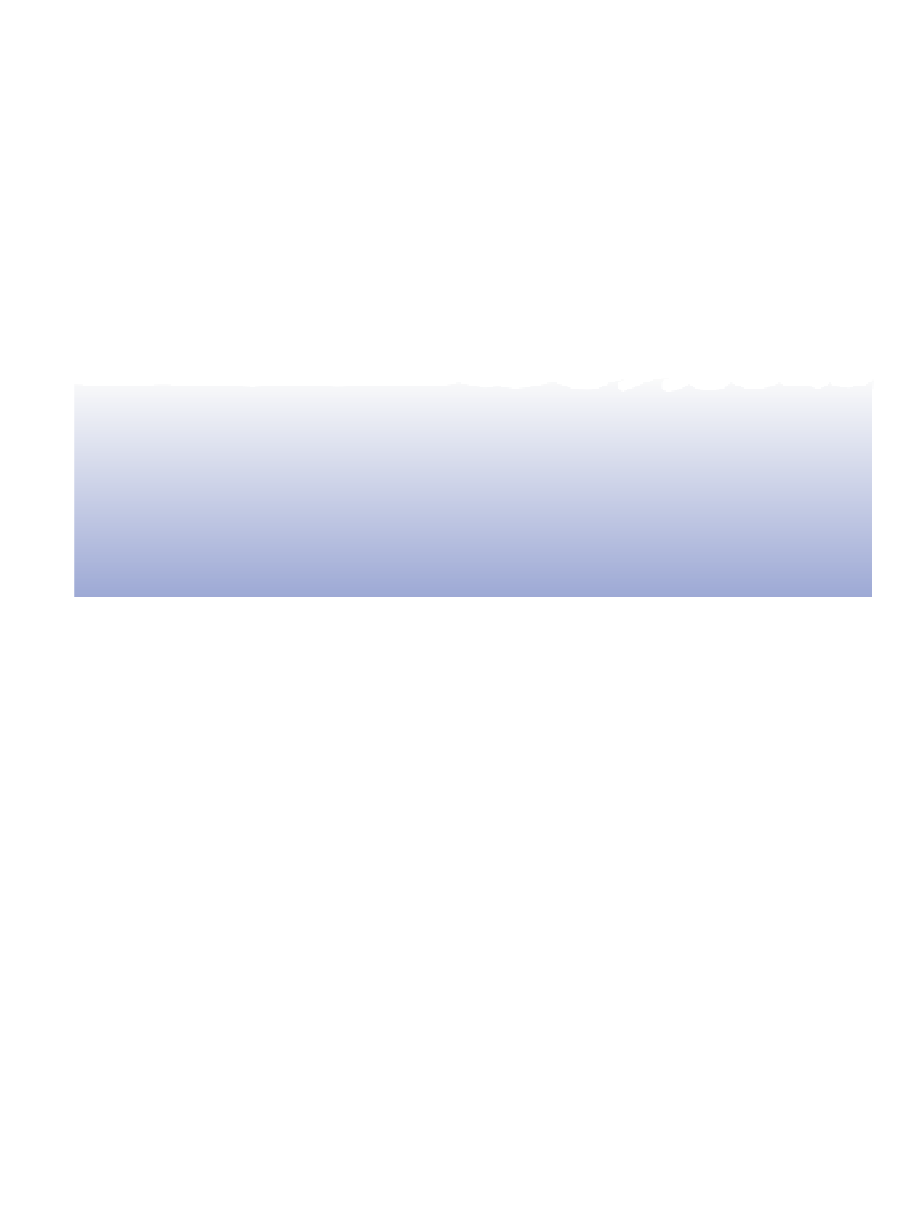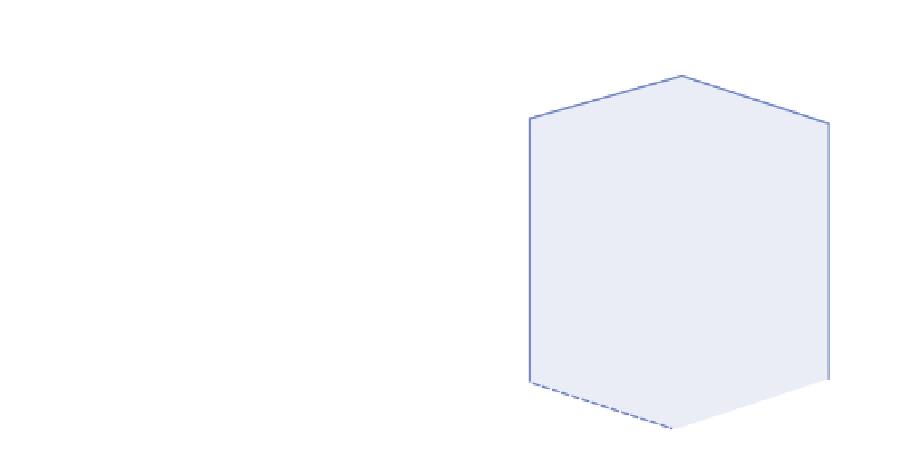Geoscience Reference
In-Depth Information
Wind
Meters
200
Incident
shortwave
Downwelled
longwave
Latent
heat
flux
Rain
Sensible
heat
flux
100
Evaporation
Upwelled
Long Wave
Land
SL
Ice
+
Salt
extrusion
Ocean
currents
Mixed
layer
-100
Ekman
transport
Coastal
upwelling
Oceanic
upwelling
Density
down
welling
Thermocline
-200
Boundary
currents
_
Density
Deep thermocline circulation
Figure 7.26
Generalized depiction of the major atmosphere-ocean interaction processes.
Source: Modified from NASA (n.d.). Courtesy NASA.
Wind stress
commonly due to salinity differences (i.e., a
thermohaline
mechanism).
In terms also of circulation the ocean may be
viewed as consisting of a large number of layers:
the topmost subject to wind stress, the next layer
down to frictional drag by the layer above, and
so on; all layers being acted on by the Coriolis
force. The surface water tends to be deflected to
the right (in the Northern Hemisphere) by an
angle averaging some 45
Ekman
layer
Coriolis
force
Average
motion of the
Ekman layer
from the surface wind
direction and moving at about 3 percent of its
velocity. This deflection increases with depth
as the friction-driven velocity of the current
decreases exponentially (
Figure 7.27
). On the
equator where there is no Coriolis force, the
surface water moves in the same direction as
the surface wind. This theoretical Ekman spiral
°
Figure 7.27
The Ekman ocean current pattern in
the Northern Hemisphere.
Source: Open University 1989 from Ocean Circulation, Bearman
(1989). Copyright © Butterworth-Heinemann, Oxford.






































































































